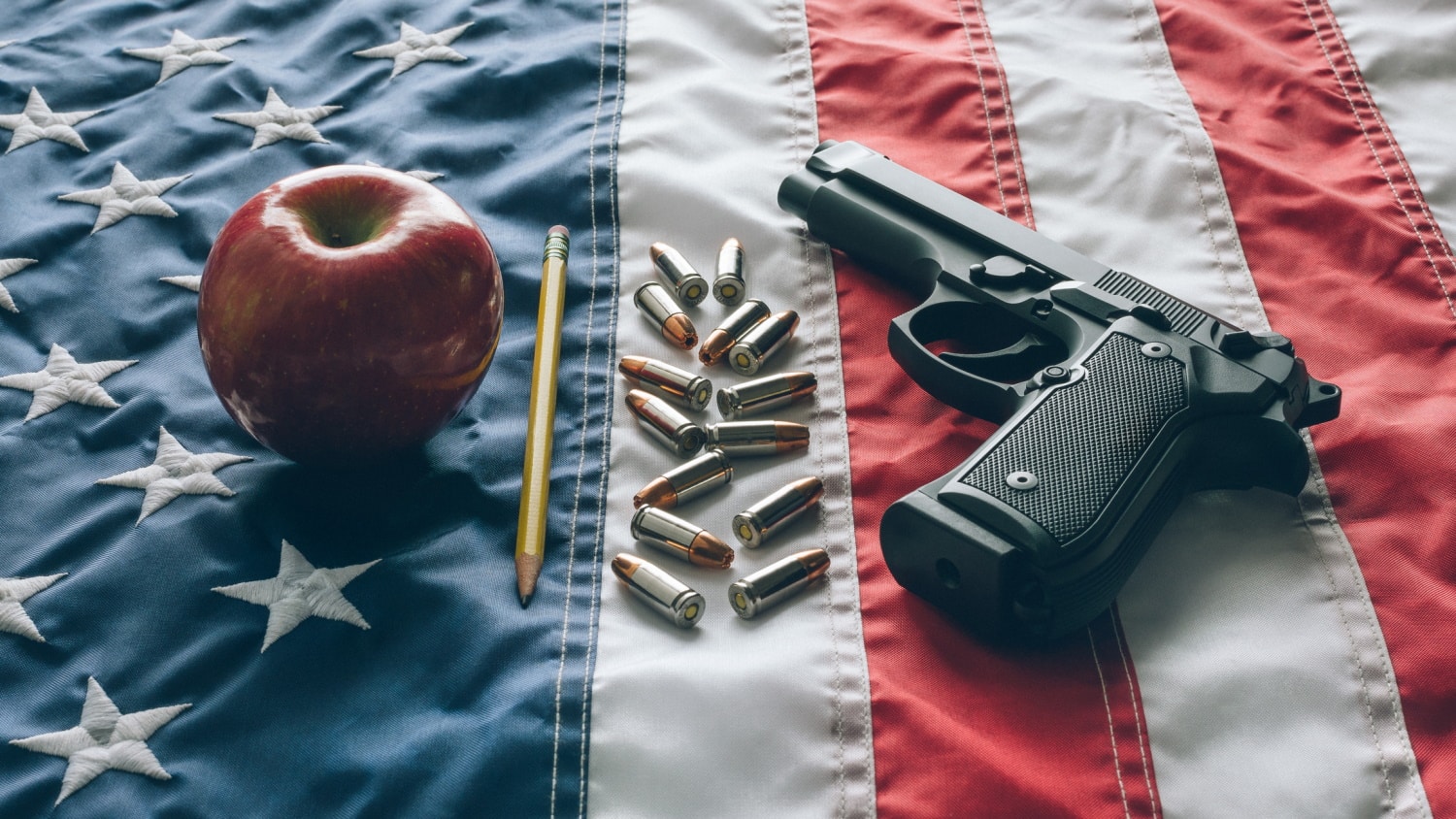While you may not see as many active shooter incidents in the news lately, they have certainly not gone away. COVID-19 has superseded active shooter events in the media. The numbers are currently down in schools to some extent due to distance learning in the fall 2020 semester, but in the long term there has been an increasing trend in active killer situations. We still need to be mindful of these critical incidents as students, faculty, and staff return to their college campus.
Many people have asked why there are police departments located within universities and colleges. Did you know higher education institutions are the #2 highest target for active shooters? The objective of law enforcement and emergency responders is to stop these perpetrators as fast as they possibly can in order to save lives. For students to learn, you must create a safe environment for them to learn in.
Training and Protocol for Active Shooter Incidents
These critical incidents are dynamic and fast moving. Without proper training for active shooters, you will likely fall victim to “paralysis by analysis.” To ensure staff, faculty, and students at your school or institution are on the same page, it is important to communicate the standard response protocol for active shooter situations on a college campus:
- Lockout: When the threat is outside the building, secure the perimeter by locking the outside doors and then stay away from doors and windows where the shooter cannot see you.
- Lockdown: When the threat is inside the building, get into a classroom, lock and barricade the doors, turn off the lights, and move out of sight as quickly as possible. Once the door is locked and barricaded, do not open it for anyone until police respond. Prepare to evade or defend against the active shooter(s).
- Evacuate: If you see a safe exit out of the building, take it and leave your belongings behind. If you are involved in a police evacuation, follow their instructions closely and try to stay calm.
- Shelter: You should receive a campus mass notification that will identify the hazard and the safety strategy.
Making sure you receive timely school mass notifications is very important. You can sign up for your campus emergency alert systems and check to make sure your contact information is up to date. If your school is an Omnilert customer, they will also have the option of sending campus mass notifications through the Instant App. The Omnilert Instant App provides the app experience to all subscribers without requiring users to download anything. Users are taken to their personalized app experience through a link appended to messages sent.
Be mindful of these low frequency, but high liability, critical incidents that can occur within our institutions. It is easy to become complacent and think that everyone is safe, but complacency kills. Always take accountability for your personal safety and preparedness. Know what to do in the case of an emergency or active shooter situation.
Focus on Diversity and Inclusion
More recently, college campus police and administrators have made extra efforts to minimize active shooter risk by creating a welcoming environment, sense of belonging, and by focusing on diversity and inclusion, as well as the overall makeup of students, staff and instructors. They want to ensure people see them as a resource in times of need. Some institutions are bringing subset groups together of varying race, ethnicity, and gender, to discuss current events and brainstorm on ways to create a safer and more secure college campus.
While we want to create an open environment on campus, we also do not want to ignore red flags. If you come across anything that is questionable or concerning, you should submit it to the campus safety department. Your institution may have a school mass notification app in place, such as Omnilert, which enables users to submit tips (either named or anonymous).
Behaviors to look for in students and employees:
- Increased use of alcohol/drug use
- Unexplained absenteeism, and/or frequent but vague physical illness complaints
- Increased severe mood swings and noticeably unstable or overly emotional responses
- Increased complaints of problems at home or at school
- Increase in unsolicited comments about violence, firearms, and other dangerous weapons or violent crimes
- Fixation on previous active killing incidents
It may just mean it is time to have a conversation with the person. If you don’t want to be the one to have the conversation, pull in someone from your college campus safety department to have the conversation. The worse thing you can do is ignore it and then have it become a problem down the road. Fast, effective help is what you need when dealing with someone in crisis. You need to intervene as quickly as possible.
Click here to download our Active Shooter Emergency Preparedness Guide



